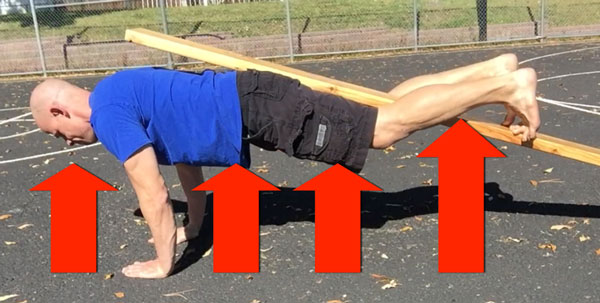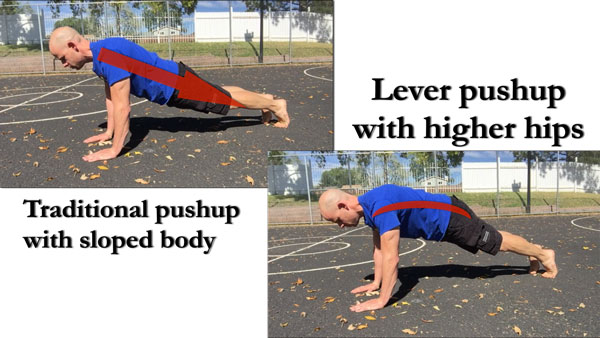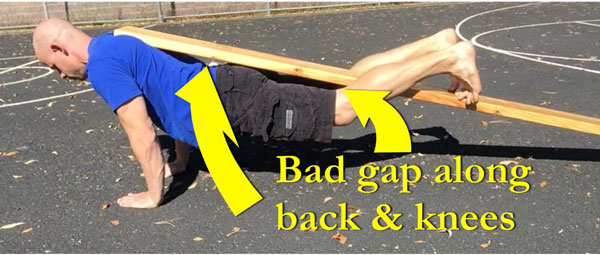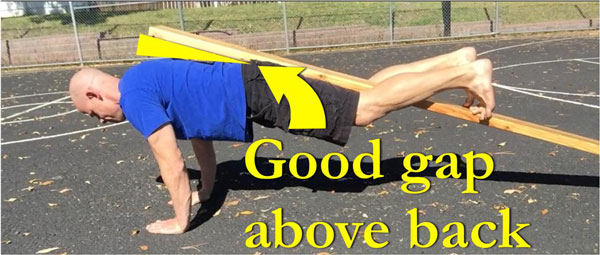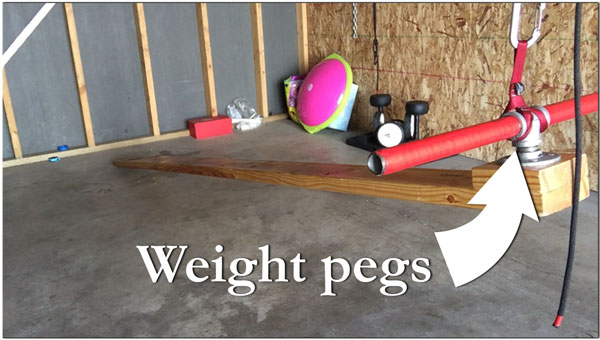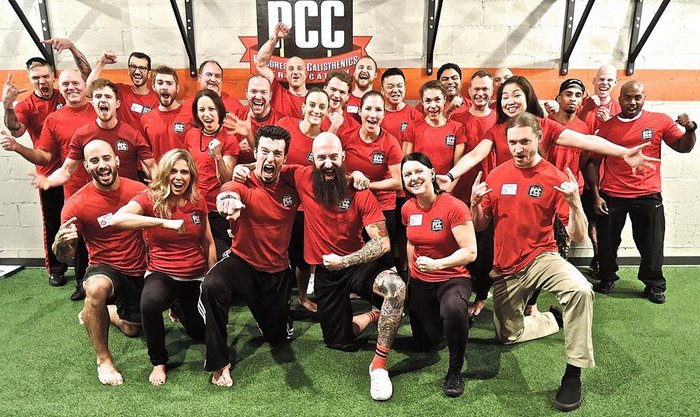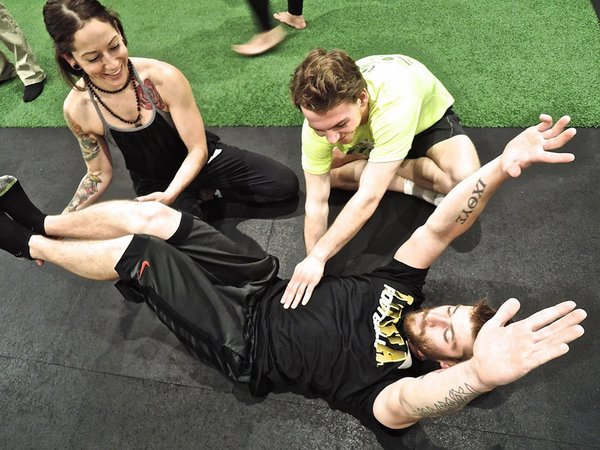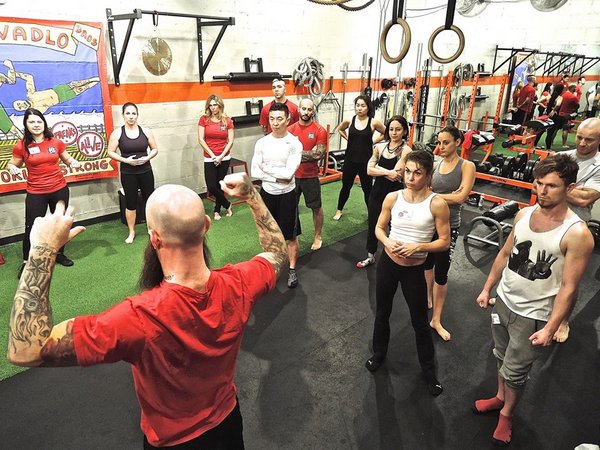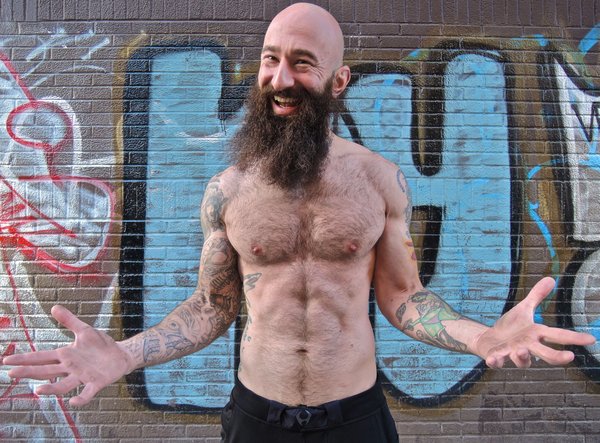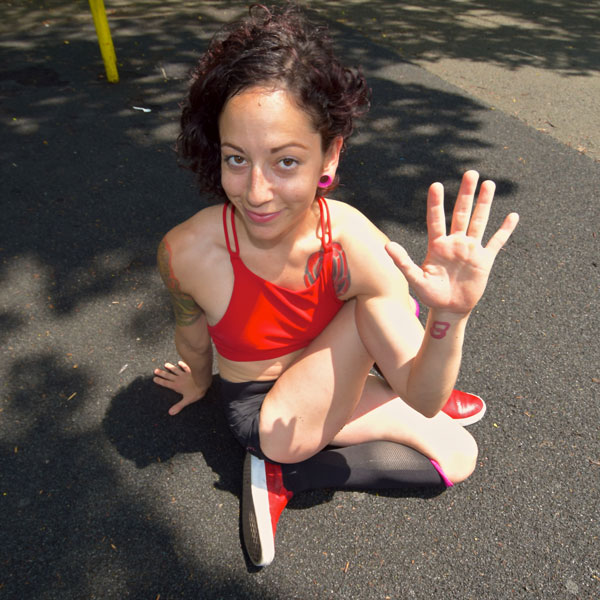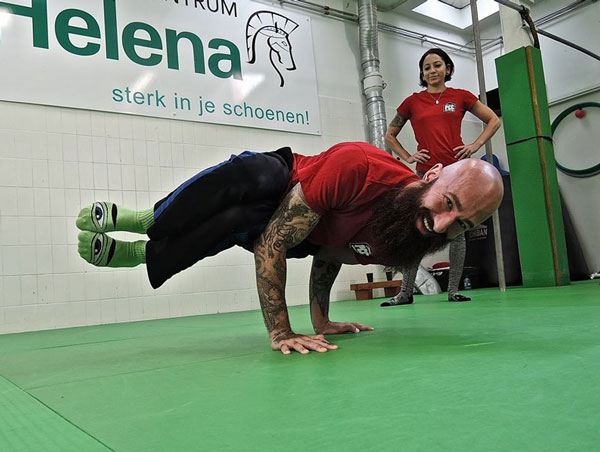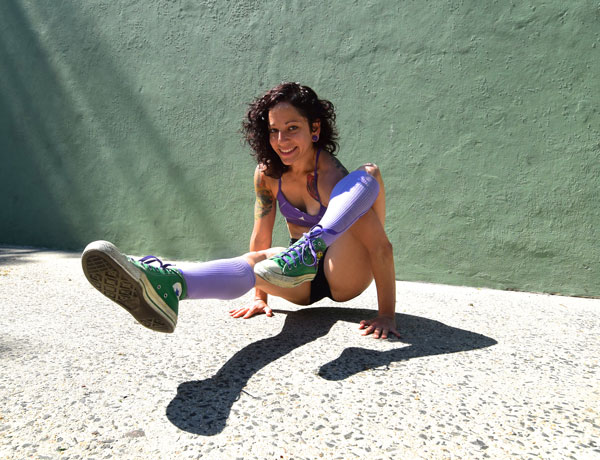
First Things First
I am the luckiest guy who ever lived. When my last Dragon Door title, Diamond-Cut Abs was released one year ago, it was extremely well received. In fact, it became a #1 bestseller!
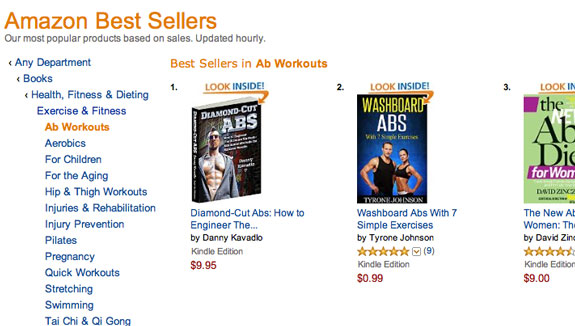
I consider it a tremendous honor that my words, programs and experiences resonated with so many. I am grateful that in the months that followed, I received a great deal of correspondence about Danny-style abdominal training. But, interestingly enough, for as many abs-related questions and comments as I received, there were even more inquiries about Danny-style strength training as it relates to the entire body. People loved the abs, but they wanted more! In fact, I had never authored a book about full-body strength training… until now!
I knew I had something unique to bring to the table and here it is… Strength Rules.
Full Disclosure
Just prior to the writing of Strength Rules, my life went through some unprecedented and unexpected changes. Things that I thought would last forever fell apart. On New Year’s Day 2015, a ten-year relationship with the woman I thought I would spend the rest of my life with ended. Fast.
Things change. I’ve never needed strength more than I have in the past year. I went from being a family man to a full time single dad. I had to be strong for myself, but even more so, for my son. It was at this time when I realized that a book about full body physical strength simply would not be enough…. My next work would have to be about mental strength, spiritual awareness and emotional fortitude as well.

So There You Have It
Strength Rules is my most personal work to date. The project is about perseverance, endurance and overcoming obstacles. It contains over seventy-five bodyweight exercises, including Plyo-Muscle-Ups deconstructed like you’ve never seen before, not to mention my in depth take on One-Arm Push-Ups. This book is about working hard and mindful practice–making the time to train, prioritizing what matters most and not taking “No” for an answer. We cover living a healthy life, harvesting physical prowess and fostering a positive mental attitude. Strength Rules focuses on walking face-first through the fire, and coming out stronger for it. Not in spite of it, but because of it!
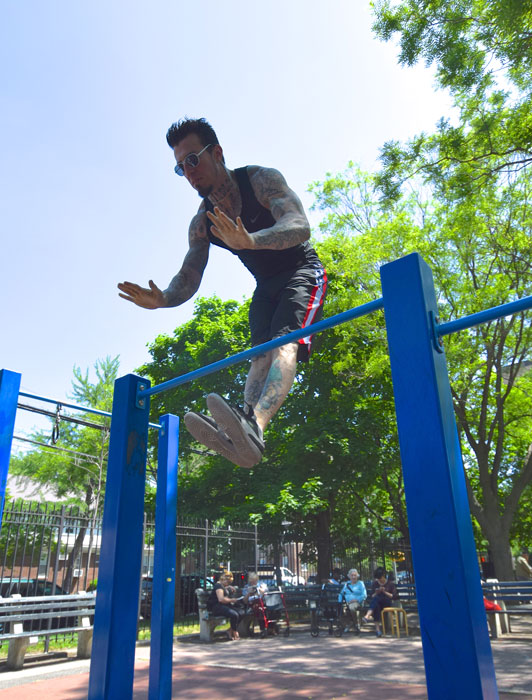
Everything is fair game in these pages and I pull no punches. Be prepared not only for my unconventional take on nutrition, but also on the supplement businesses, equipment manufacturers and even the medical industry!

Further, Strength Rules contains workouts, progressions, supplemental stretches and some amazing (and far out) images. It even has the long awaited return of Danny’s Dos and Don’ts! I can’t wait for you to check it out!
But Don’t Take My Word For It
In the words of Olympian, scholar and author Dan John (from the foreword):
“This book is about true strength. The old kind of strength where heroes were people, like Beowulf and Ullysses, who protected the community first. This book is about empowering yourself and others. Strength Rules by Danny Kavadlo is so good you can’t ignore it.”

****
Danny Kavadlo is one of the world’s foremost authorities on calisthenics, nutrition and personal training. He is the author of the Dragon Door titles Strength Rules, Diamond-Cut Abs and Everybody Needs Training. Danny is known for his minimalist philosophy, simple approach and motivational talents.
A true in-person experience, Danny is a Master Instructor for Dragon Door’s Progressive Calisthenics Certification. He has been featured in the NY Times, TRAIN, Men’s Fitness and is a regular contributor to Bodybuilding.com. Learn more about Danny at www.DannyTheTrainer.com

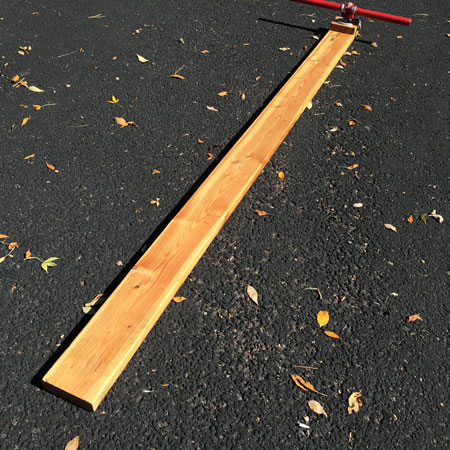 The struggle to load the push-up…
The struggle to load the push-up…
